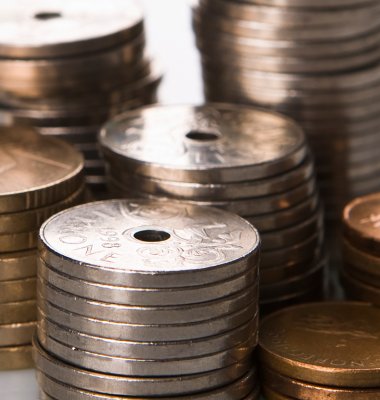The Producer Price Index surged in March, up 16.9 percent, driven by prices on energy goods, metals and raw materials. With the war in Ukraine as a backdrop, there was large price increases in measures prices achieved by Norwegian producers. both for exports and on the domestic market. This is the largest monthly increase in PPI since a larger reorganizing of the index in 2001.
Large price jumps multiple energy goods
Prices on energy goods increased by 30.3 percent in March and their index lies at 165.4 percent higher than in March 2021. Crude oil and natural gas contributed heavily to the increase of this index in March 2022. The price development on the domestic market and exports are often mentioned in combination in monthly reports. However, March 2022 was one of the months where the upswings for typical export goods were large and the markets were affected differently.
Repercussions of the increased prices on crude oil and natural gas are many and put pressure on prices in several industries. The direct effect of these increased prices on PPI, is seen particularly on the export market, where the total index rose by 26.3 in March. In comparison, the domestic market PPI had an increase of 3.4 percent. The reason for this discrepancy is the fact that crude oil and especially natural gas is not traded in the same amounts inside Norway and therefore has less importance for the domestic PPI. We do, however see an indirect effect in the index for refined petroleum products, which had an uptick of 4.8 percent for the domestic market.
High electricity prices drove the index for electricity gas and steam up. Their price index change landed at a positive 18.2 percent in March and is at a level more than double the level last year. The Norwegian Water Resources and Energy Directorate (NVE) has written in their weekly reports (nve.no) that uneasiness concerning the power situation in Europe contributed to this. In addition, wind power production was low in some of March’s weeks.
PPI without energy goods increased by 2.2 percent, which shows that a large part of the increase in PPI came from energy goods. Nevertheless, there has been a continuous growth in PPI without energy goods starting in February 2021, and a lot of this comes from the manufacturing industries.
Wide increase for manufacturing
In March, there were increases in most of the manufacturing industries, and the price index for them combined increased by 3.3 percent.
Many manufacturers are reporting that increased costs on raw materials gave increased prices. In the basic metal industry, prices increased by 12.9 percent in March. Limited access to raw materials and increased energy prices (ft.com) was the main contributors to the price increase here. In a related industry, fabricated metal goods, continued their price increase. In March, the change stood at 3.5 percent on the plus side, a comparatively large monthly increase for this industry.
Prices in the food industry also went up in March, with 1.6 percent, and has risen by 12.5 percent since March 2021. Especially the seafood industry saw increases, but also other industries like the meat industry.
Increases in import prices for several goods
measures the price development of first-hand sales of goods to the Norwegian market. That means goods from Norwegian production sold in Norway and imported goods. showed increased prices in first-hand sales on the Norwegian market, especially on imported goods.
Import prices for the product group mineral oils and products, which includes among other things fuel, went up 15.1 percent in March 2022. The price development in this product group is for the most part controlled by world markets and is reflected domestically. Compared to March 2021, the import prices for this group have risen by 66.7 percent.
